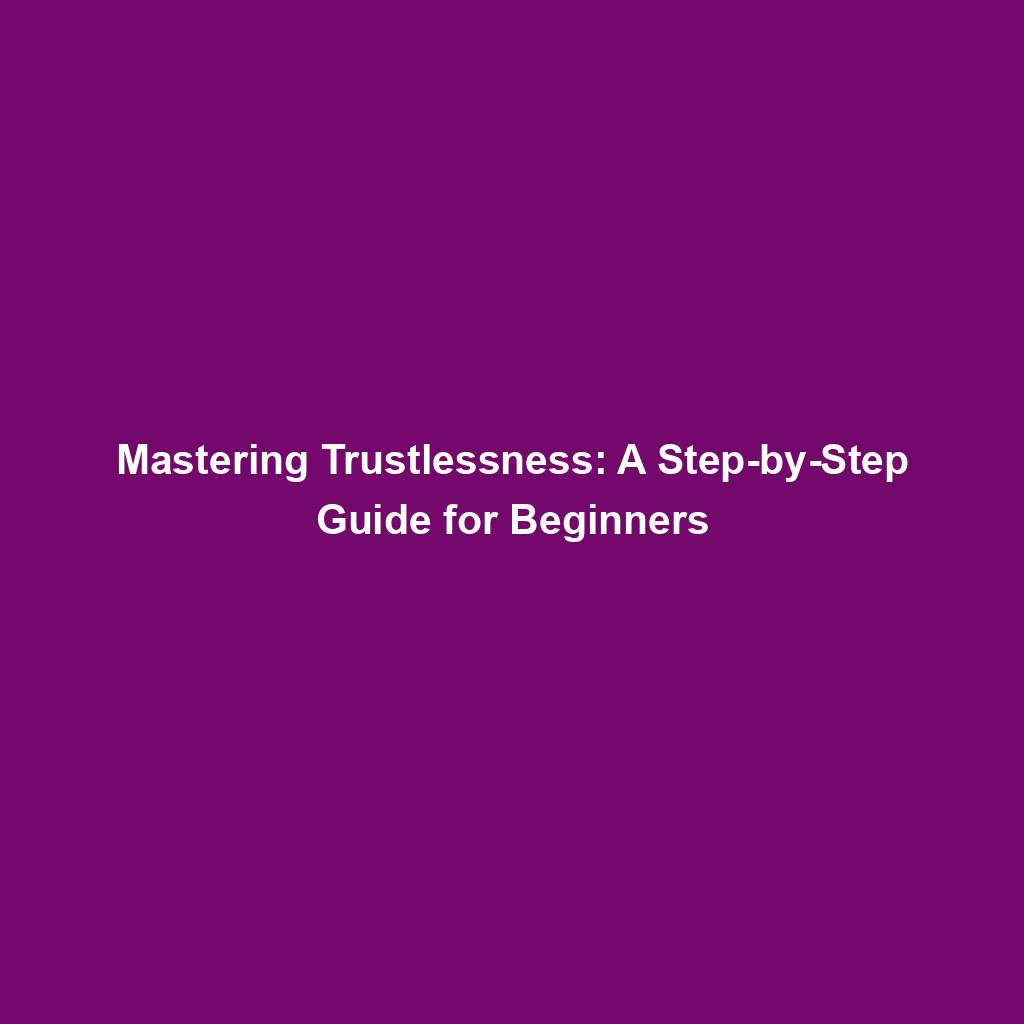
Trustlessness is a concept that has gained significant attention in recent years, particularly in the realm of distributed ledger technology (DLT). As DLT continues to revolutionize various industries, mastering trustlessness is becoming increasingly crucial for individuals and organizations looking to leverage the power of decentralized systems. In this comprehensive guide, we will delve into the intricacies of trustlessness, providing a step-by-step approach for beginners to understand and implement this transformative concept.
Exploring Trustlessness in Distributed Ledger Technology
Trustlessness, in the context of DLT, refers to the ability to transact and communicate in a secure and transparent manner without the need for trust in a central authority. This is made possible through the use of cryptographic algorithms and consensus mechanisms that ensure the integrity of the network without relying on intermediaries. By removing the necessity for trust, trustlessness enhances security, efficiency, and autonomy in decentralized systems.
A Historical Overview of Trustlessness
The concept of trustlessness can be traced back to the emergence of blockchain technology with the creation of Bitcoin in 2009. Bitcoin introduced the revolutionary idea of a peer-to-peer electronic cash system that operates without the need for trust in banks or financial institutions. This laid the foundation for trustless transactions and inspired the development of various blockchain-based applications.
Since then, trustlessness has evolved with the advancement of DLT, leading to the creation of smart contracts, decentralized applications (dApps), and permissionless networks like Ethereum. These innovations have expanded the possibilities of trustlessness beyond financial transactions, enabling secure interactions in diverse sectors such as supply chain management, healthcare, and voting systems.
The Advantages of Trustlessness
One of the key benefits of trustlessness is the elimination of single points of failure, reducing the risk of censorship, fraud, and data manipulation. Trustless systems are also more resilient to cyber attacks and ensure immutability of records through the use of distributed consensus mechanisms. Additionally, trustlessness enhances privacy and transparency, giving users greater control over their data and transactions.
The Disadvantages of Trustlessness
While trustlessness offers many advantages, it also comes with challenges such as scalability limitations, regulatory uncertainties, and complexity in governance models. The reliance on consensus mechanisms like proof of work or proof of stake can lead to energy consumption concerns and centralization risks. Overcoming these obstacles requires ongoing research and innovation in the field of DLT.
Practical Applications of Trustlessness
Trustlessness has practical applications across various industries, including digital identity management, asset tokenization, supply chain tracking, and decentralized finance (DeFi). For example, blockchain-based platforms like UPort and Sovrin enable users to own and control their digital identities securely without relying on central entities. Similarly, projects like MakerDAO and Uniswap facilitate trustless lending and trading of digital assets.
Real-World Examples of Trustlessness
One notable real-world example of trustlessness is the use of blockchain technology in supply chain management. Companies like IBM and Walmart have implemented blockchain solutions to track the provenance of products, ensuring authenticity and quality assurance without the need for intermediaries. This enhances transparency and trust in the supply chain while reducing the risk of counterfeiting and fraud.
The Future of Trustlessness
Looking ahead, the future of trustlessness holds immense potential for transforming various aspects of our lives. With ongoing advancements in DLT, we can expect to see increased adoption of decentralized systems in areas such as governance, healthcare, and digital identity. Innovations like zero-knowledge proofs, sharding, and interoperability will further enhance the scalability and usability of trustless networks, paving the way for a more decentralized and secure future.
Frequently Asked Questions
What is the difference between trustlessness and trust?
Trustlessness removes the need for trust in central authorities or intermediaries by leveraging cryptographic protocols and decentralized consensus mechanisms. In contrast, traditional systems rely on trust in institutions to facilitate transactions and information exchange.
How secure are trustless systems?
Trustless systems are designed to be secure against various types of attacks, thanks to the use of encryption, digital signatures, and distributed consensus. However, vulnerabilities can still exist in specific implementations, highlighting the importance of robust security practices and audits.
Can trustlessness be applied outside of blockchain technology?
While trustlessness is primarily associated with blockchain and DLT, the concept can be applied to other technologies and systems that require secure and transparent interactions. For example, trustless computing and secure multi-party computation enable collaborative data processing without compromising privacy.
How can I start mastering trustlessness as a beginner?
To begin mastering trustlessness, it is essential to understand the underlying principles of DLT, cryptography, and consensus algorithms. Start by exploring resources such as online courses, tutorials, and open-source projects to gain practical experience in building decentralized applications and smart contracts.
As you embark on your journey to mastering trustlessness, remember that continuous learning and experimentation are key to staying ahead in the rapidly evolving landscape of decentralized technology. Embrace the principles of security, transparency, and autonomy to unlock the full potential of trustless systems and shape the future of decentralized innovation.
Share your thoughts on trustlessness and distributed ledger technology in the comments below. We look forward to engaging with you on this transformative topic!
More in this category ...
Ripple companions with SBI Group and HashKey DX for XRPL answers in Japan
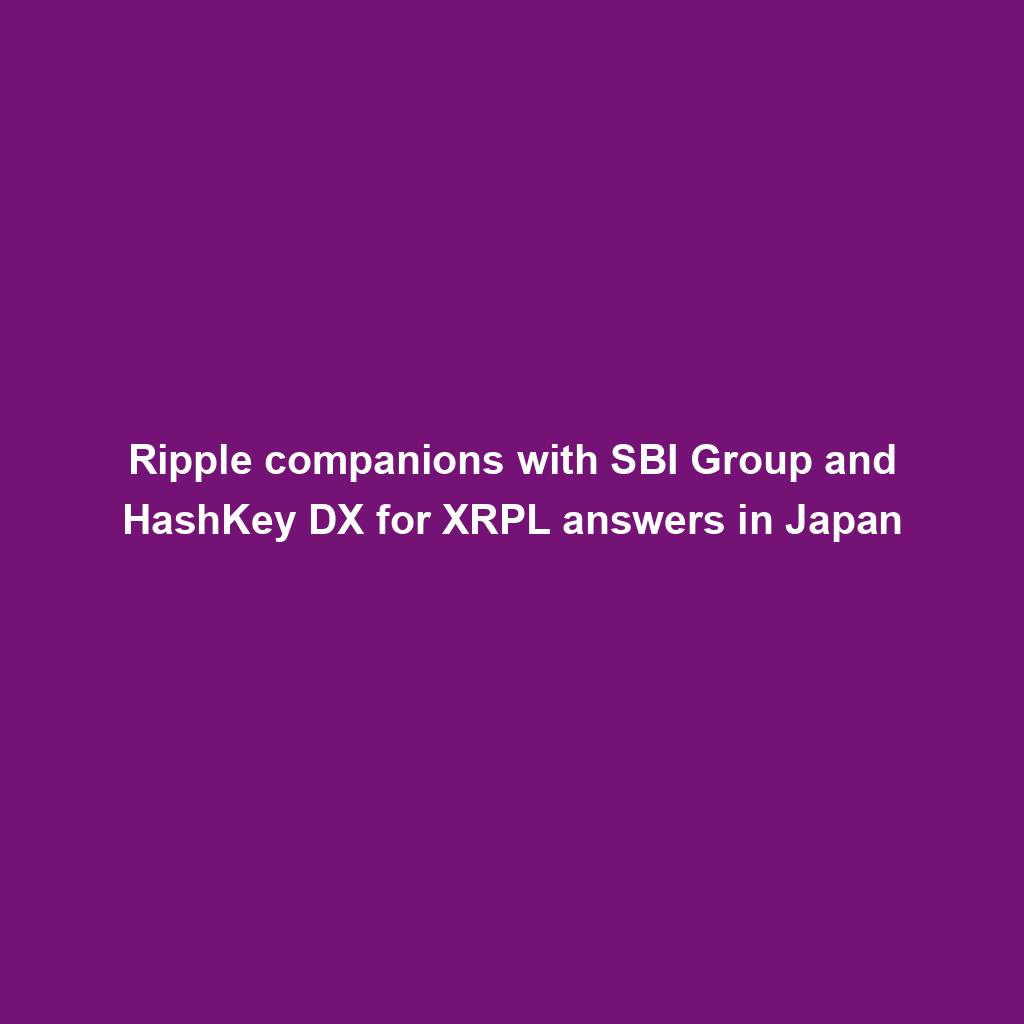
April sees $25M in exploits and scams, marking historic low ― Certik
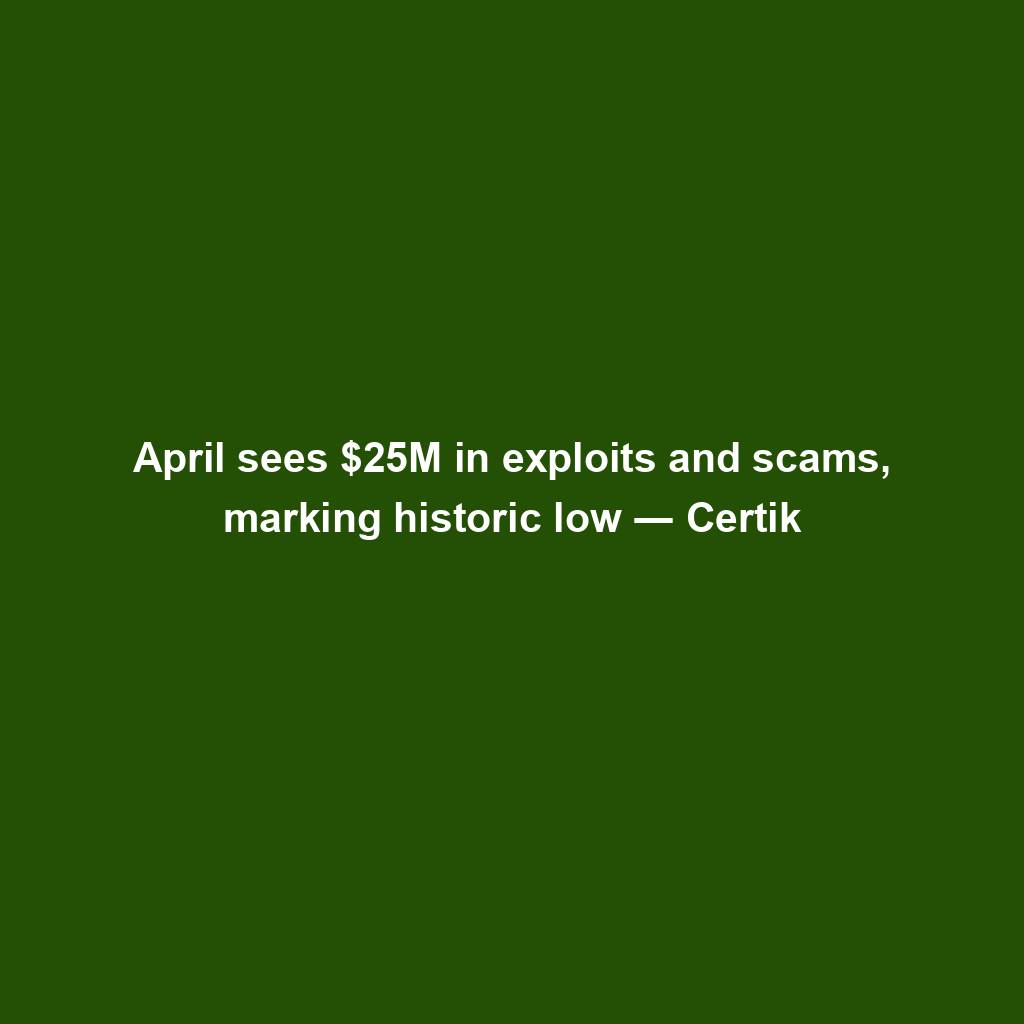
MSTR, COIN, RIOT and different crypto shares down as Bitcoin dips
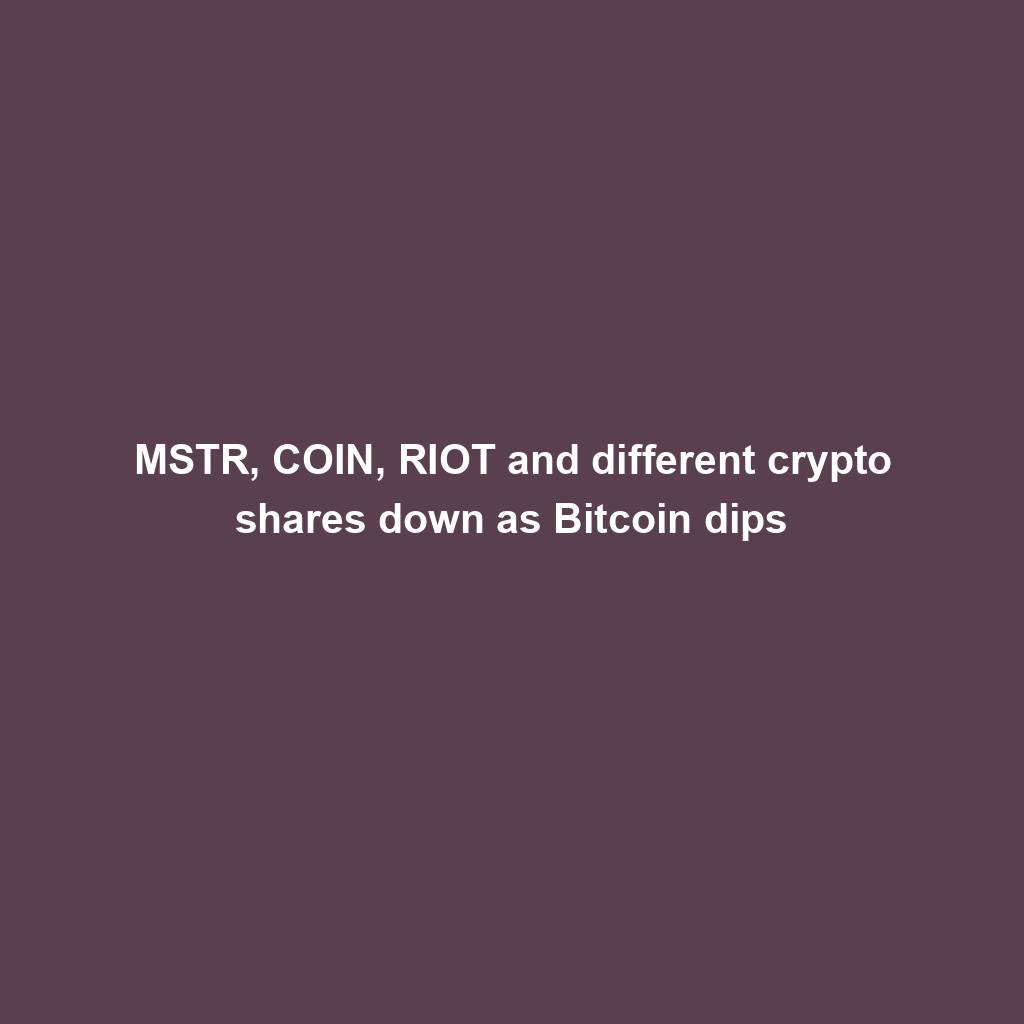
EigenLayer publicizes token release and airdrop for the group
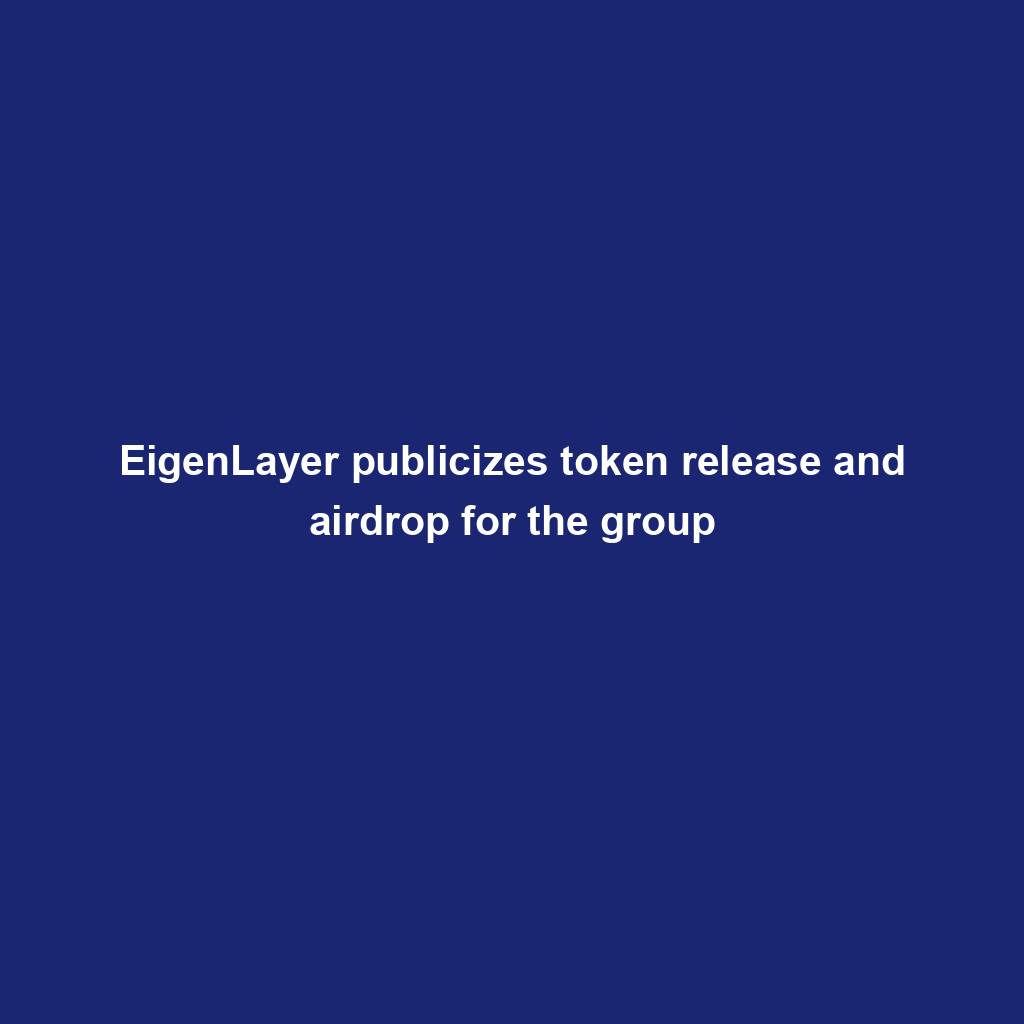
VeloxCon 2024: Innovation in knowledge control

Successful Beta Service release of SOMESING, ‘My Hand-Carry Studio Karaoke App’

Dogwifhat (WIF) large pump on Bybit after record reasons marketplace frenzy
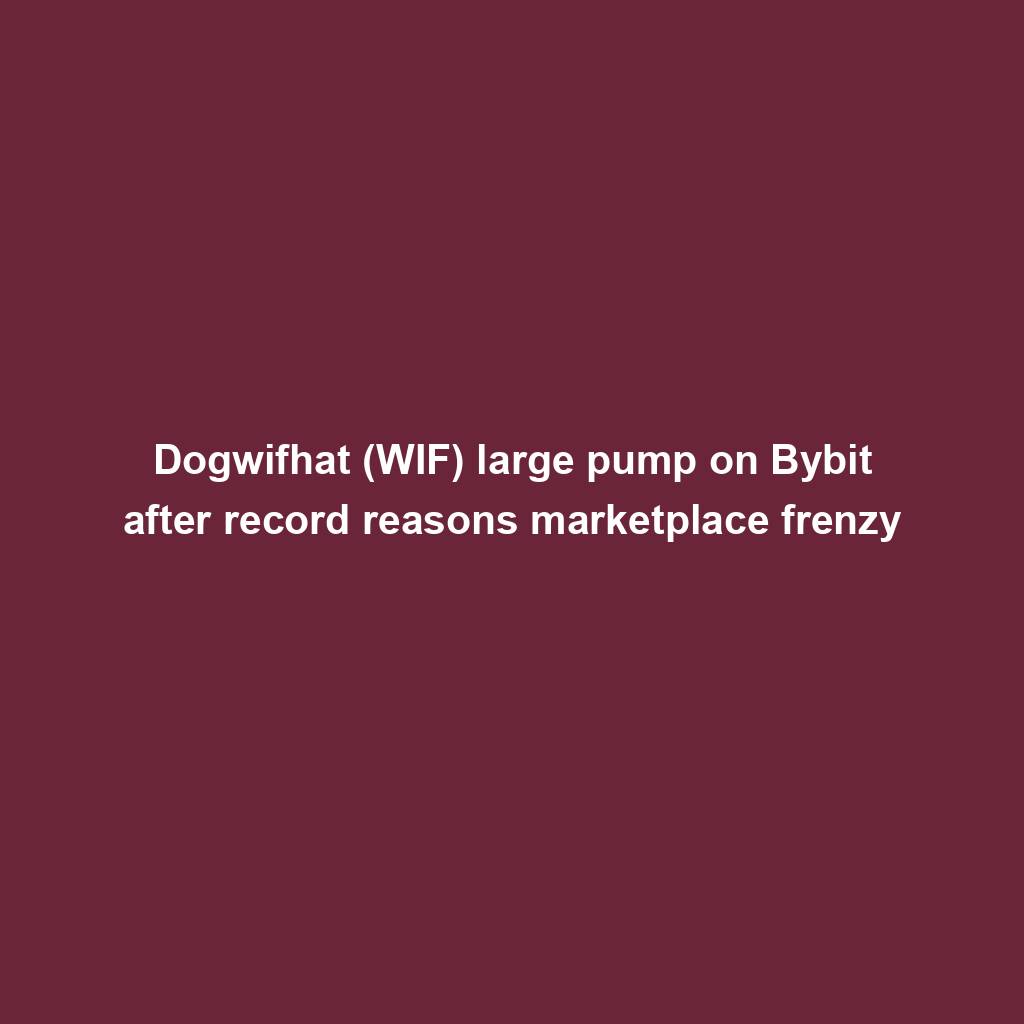
How fintech innovation is riding virtual transformation for communities around the globe
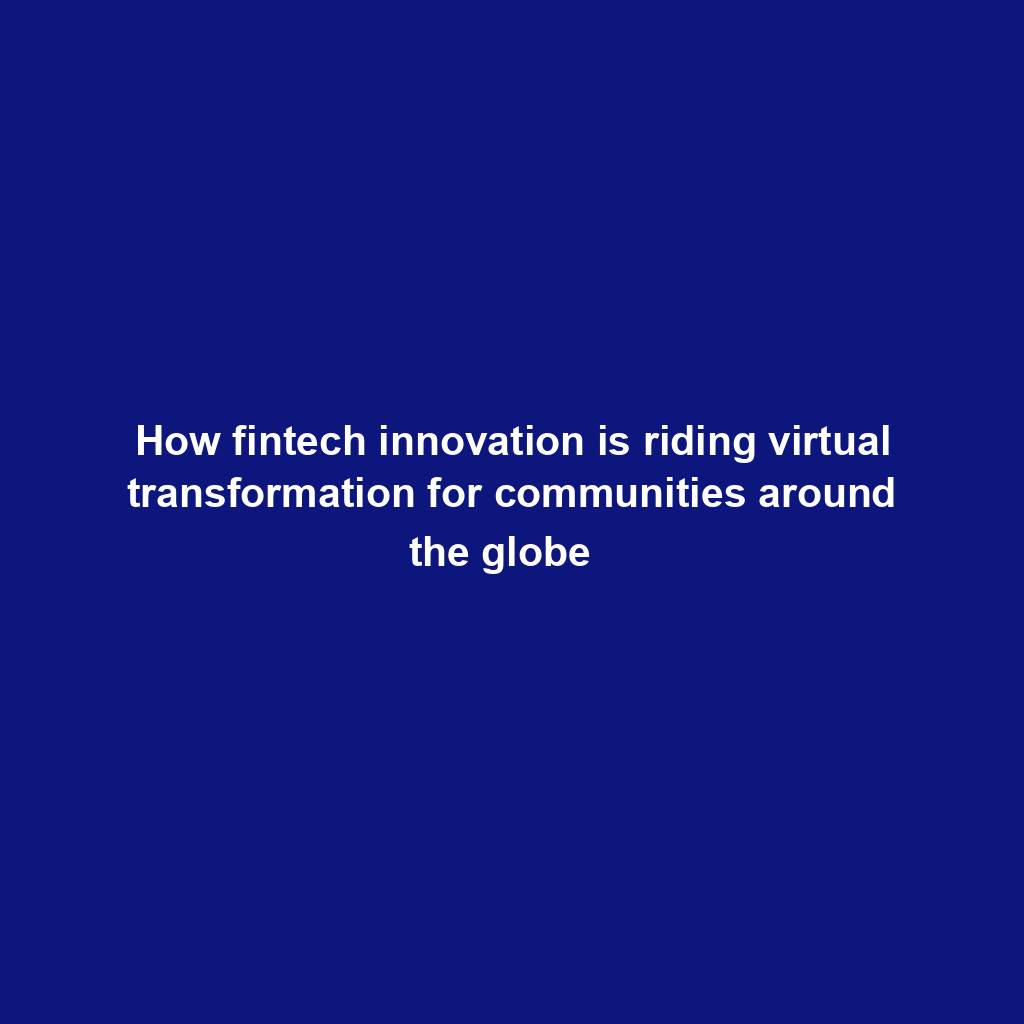
Wasabi Wallet developer bars U.S. customers amidst regulatory considerations

Analyst Foresees Peak In Late 2025
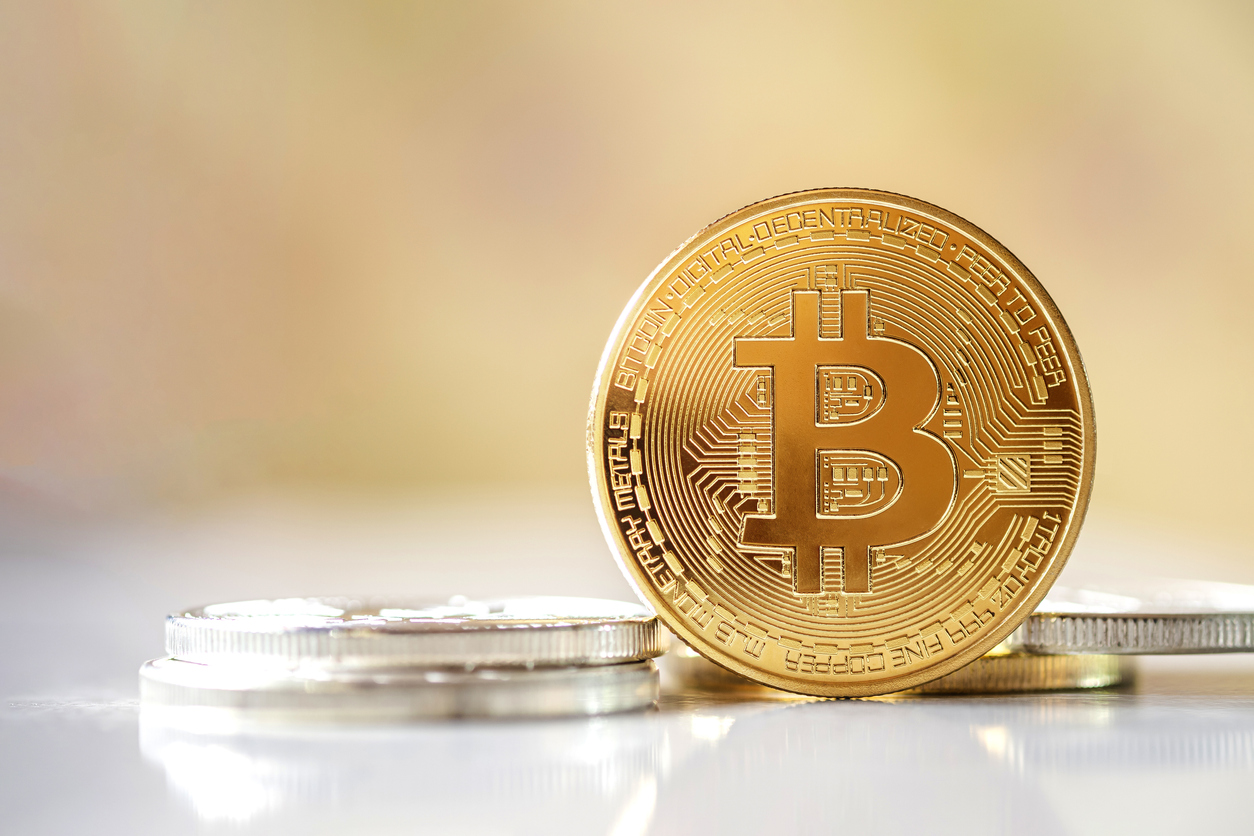
Solo Bitcoin miner wins the three.125 BTC lottery, fixing legitimate block

Ace Exchange Suspects Should Get 20-Year Prison Sentences: Prosecutors

Google Cloud's Web3 portal release sparks debate in crypto trade

Bitcoin Primed For $77,000 Surge

Bitbot’s twelfth presale level nears its finish after elevating $2.87 million

PANDA and MEW bullish momentum cool off: traders shift to new altcoin

Commerce technique: Ecommerce is useless, lengthy are living ecommerce

Republic First Bank closed by way of US regulators — crypto neighborhood reacts
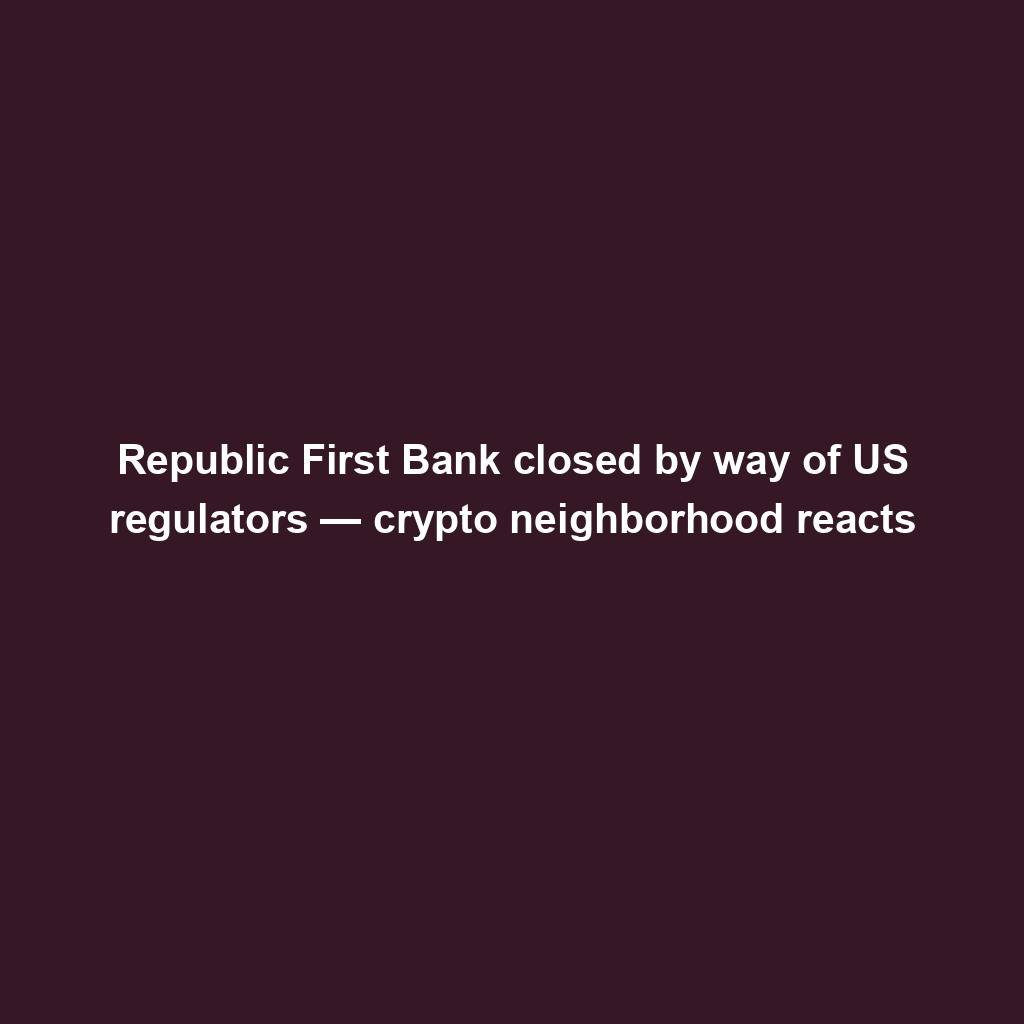
China’s former CBDC leader is beneath executive investigation

Bigger isn’t all the time higher: How hybrid Computational Intelligence development permits smaller language fashions
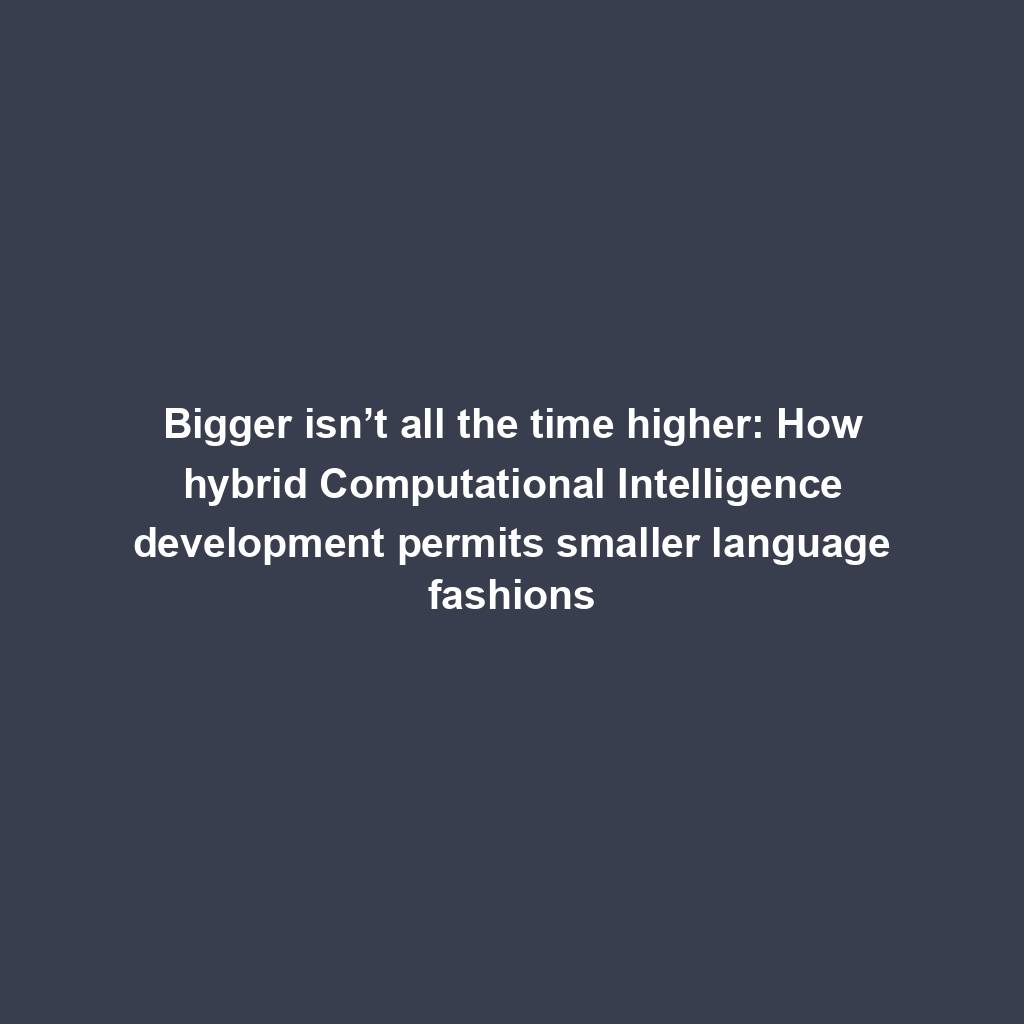
Pantera Capital buys extra Solana (SOL) from FTX
Successful Beta Service release of SOMESING, ‘My Hand-Carry Studio Karaoke App’

SEC sues Bitcoin miner Geosyn Mining for fraud; Bitbot presale nears $3M

Business procedure reengineering (BPR) examples

85% Of Altcoins In “Opportunity Zone,” Santiment Reveals

Sam Altman’s Worldcoin eyeing PayPal and OpenAI partnerships
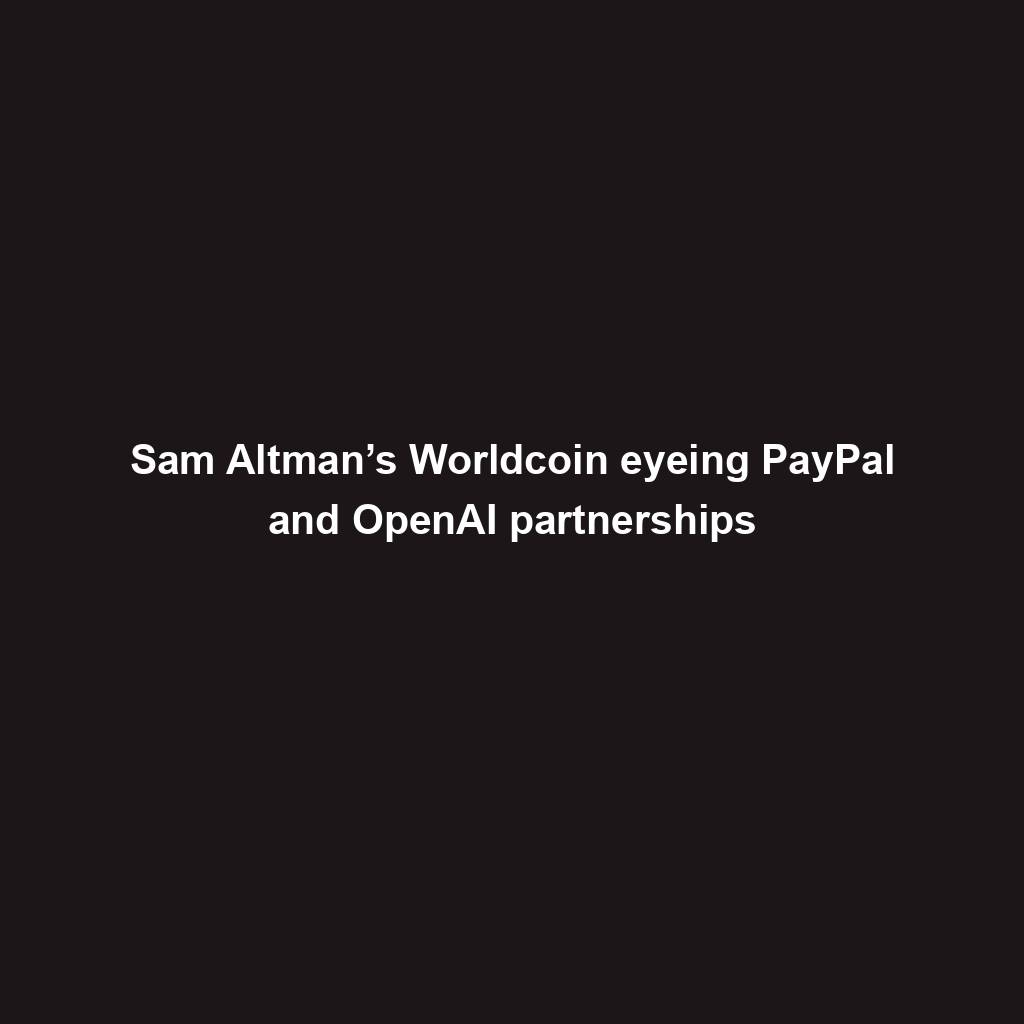
Artificial Intelligence transforms the IT strengthen enjoy
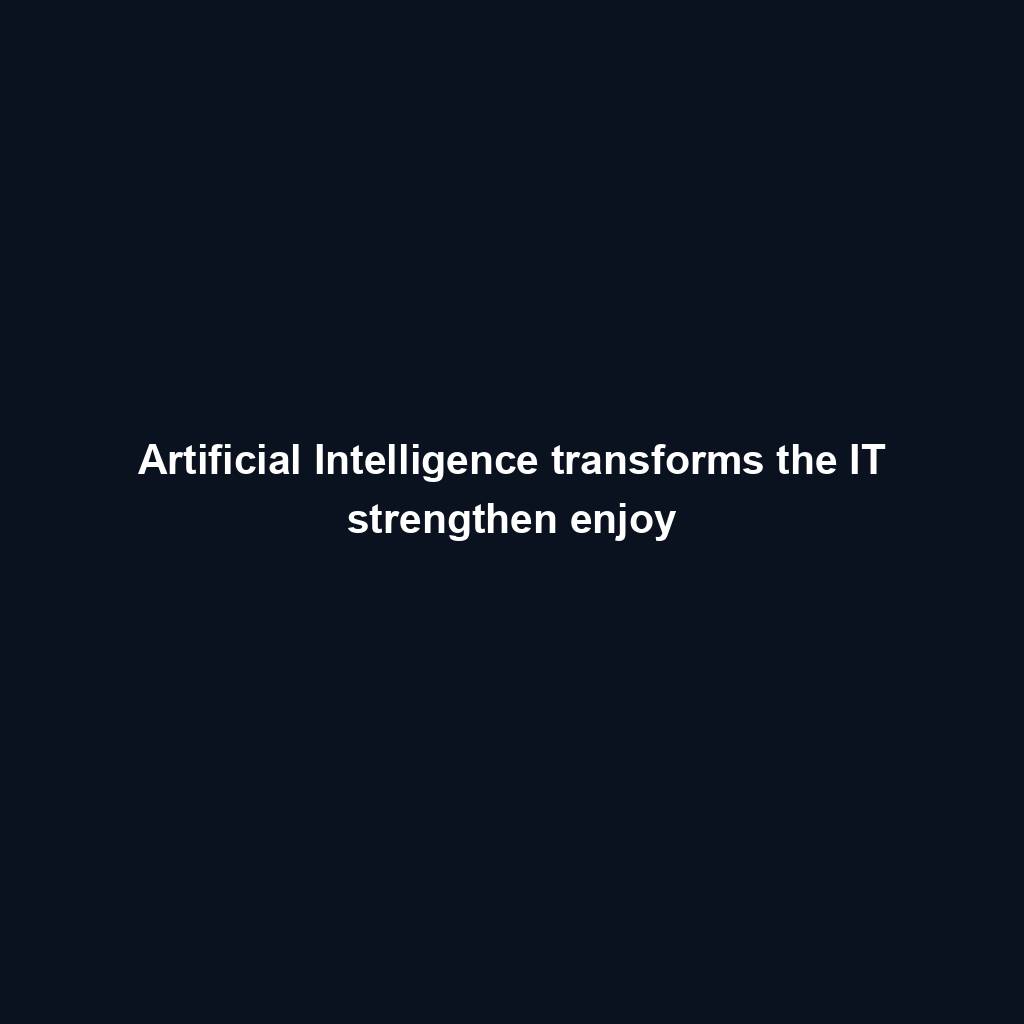
Franklin Templeton tokenizes $380M fund on Polygon and Stellar for P2P transfers
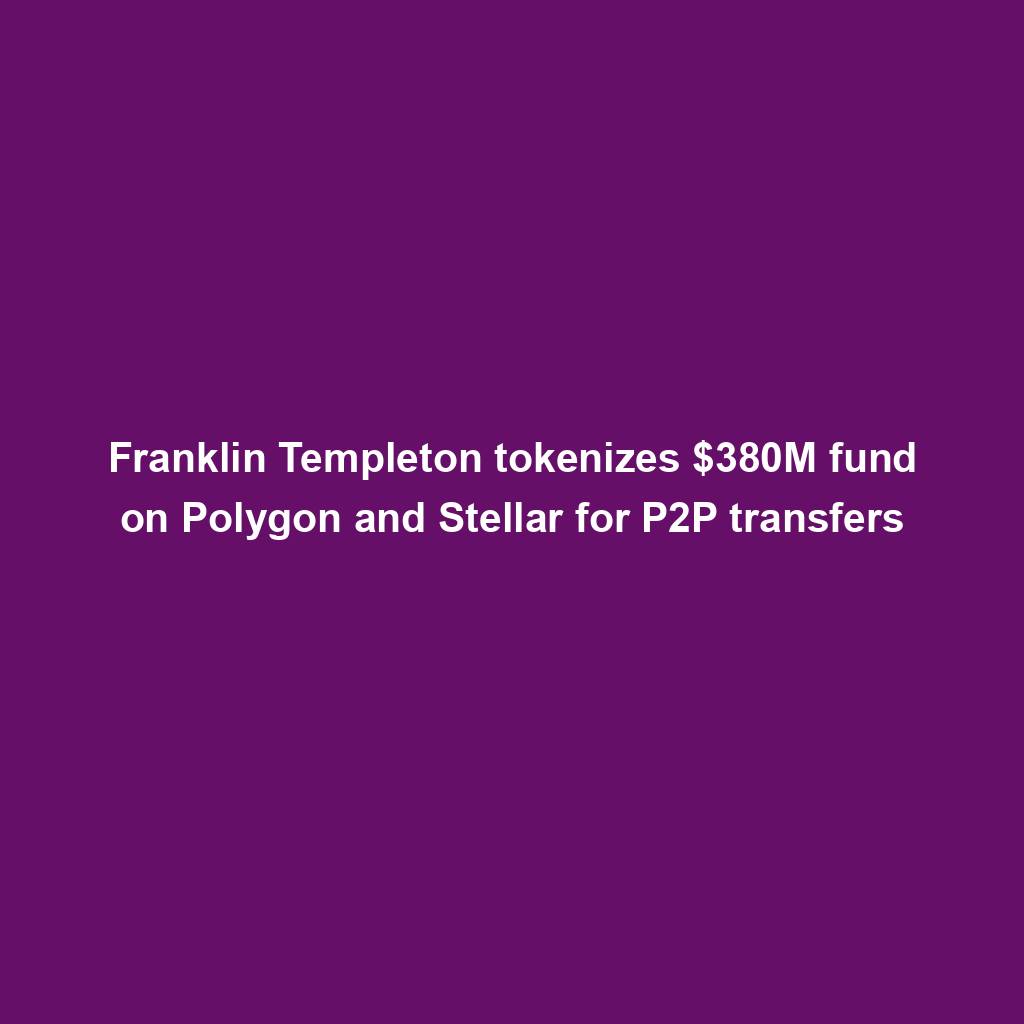
Meta’s letting Xbox, Lenovo, and Asus construct new Quest metaverse {hardware}
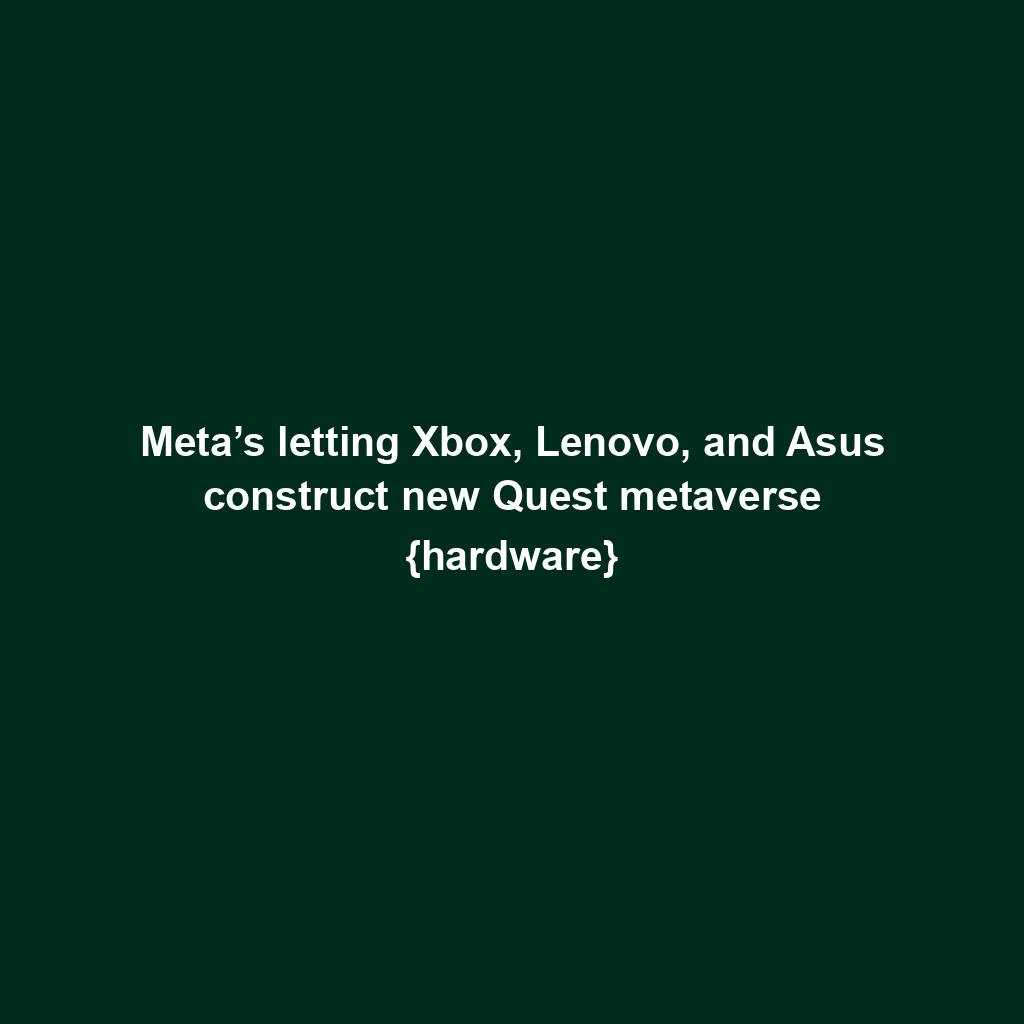
Shiba Inu (SHIB) unveils bold Shibarium plans as Kangamoon steals the display
